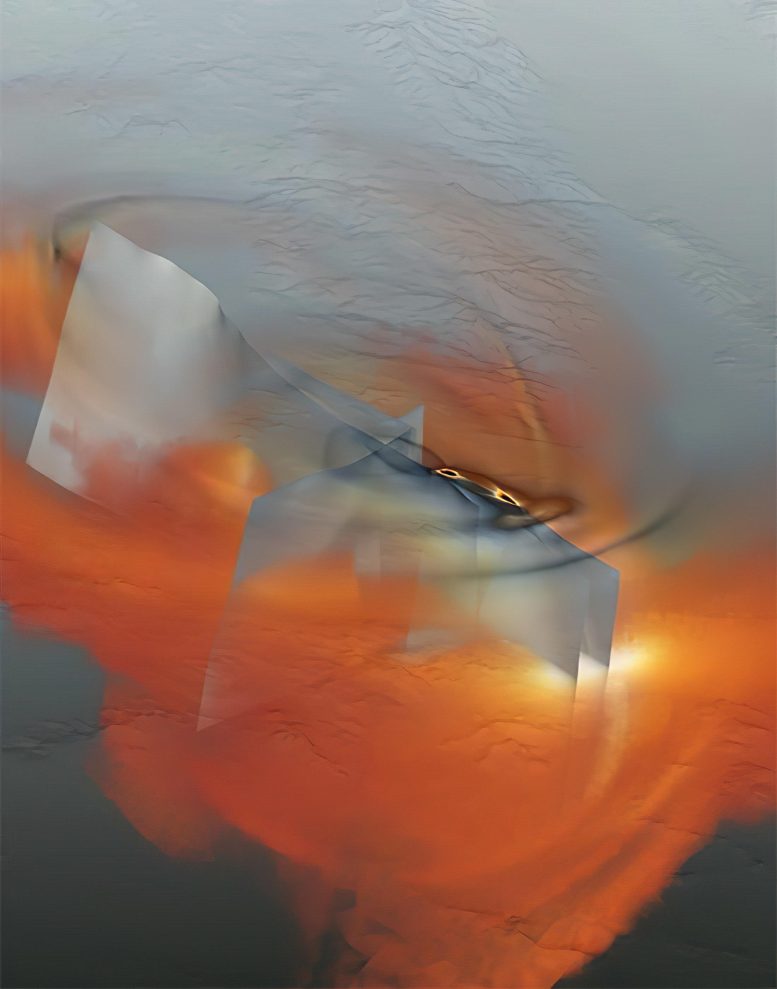
Propagation of seismic waves and unzipping of faults during the Ridgecrest, California, earthquake. Visualization of 15 TB of simulation data on a supercomputer. Credit: Greg Abram and Francesca Samsel (Texas Advanced Computing Center), and Alice Gabriel (UC San Diego/Ludwig Maximilian University of Munich)
Scientists use a supercomputer to unveil the intricate dynamics of multi-fault earthquake systems.
In the early hours of July 4, 2019, a 6.4 magnitude earthquake rattled Searles Valley in California’s Mojave Desert, causing tremors felt throughout Southern California. Roughly 34 hours later, on July 5, Ridgecrest, a neighboring city, experienced a 7.1 magnitude earthquake. The shaking was so intense that it was experienced by millions across California and also in nearby locations like Arizona, Nevada, and Baja California, Mexico.
These earthquakes, collectively referred to as the Ridgecrest earthquakes, were the most powerful to affect California in over two decades. They led to widespread structural damage, power failures, and injuries. The 6.4 magnitude event that took place in Searles Valley was later categorized as a foreshock to the M7.1 event in Ridgecrest, Each earthquake was followed by a multitude aftershocks.
Researchers were baffled by the sequence of seismic activity. Why did it take 34 hours for the foreshock to trigger the mainshock? How did these earthquakes “jump” from one segment of a geologic fault system to another? Can earthquakes “talk” to one another in a dynamic sense?
To address these questions, a team of seismologists at Scripps Institution of Oceanography at UC San Diego and Ludwig Maximilian University of Munich (LMU) led a new study focused on the relationship between the two big earthquakes, which occurred along a multi-fault system. The team used a powerful supercomputer that incorporated data-infused and physics-based models to identify the link between the earthquakes.
Scripps Oceanography seismologist Alice Gabriel, who previously worked at LMU, led the study along with her former Ph.D. student at LMU, Taufiq Taufiqurrahman, and several co-authors. Their findings were recently published in the journal Nature.
“We used the largest computers that are available and perhaps the most advanced algorithms to try and understand this really puzzling sequence of earthquakes that happened in California in 2019,” said Gabriel, currently an associate professor at the Institute of Geophysics and Planetary Physics at Scripps Oceanography. “High-performance computing has allowed us to understand the driving factors of these large events, which can help inform seismic hazard assessment and preparedness.”
Understanding the dynamics of multi-fault ruptures is important, said Gabriel, because these types of earthquakes are typically more powerful than those that occur on a single fault. For example, the Turkey–Syria earthquake doublet that occurred on Feb. 6, 2023, resulted in significant loss of life and widespread damage. This event was characterized by two separate earthquakes that occurred only nine hours apart, with both breaking across multiple faults.
During the 2019 Ridgecrest earthquakes, which originated in the Eastern California Shear Zone along a strike-slip fault system, the two sides of each fault moved mainly in a horizontal direction, with no vertical motion. The earthquake sequence cascaded across interlaced and previously unknown “antithetic” faults, minor or secondary faults that move at high (close to 90 degrees) angles to the major fault. Within the seismological community, there remains an ongoing debate on which fault segments actively slipped, and what conditions promote the occurrence of cascading earthquakes.
The new study presents the first multi-fault model that unifies seismograms, tectonic data, field mapping, satellite data, and other space-based geodetic datasets with earthquake physics, whereas previous models on this type of earthquake have been purely data-driven.
“Through the lens of data-infused modeling, enhanced by the capabilities of supercomputing, we unravel the intricacies of multi-fault conjugate earthquakes, shedding light on the physics governing cascading rupture dynamics,” said Taufiqurrahman.
Using the supercomputer SuperMUC-NG at the Leibniz Supercomputing Centre (LRZ) in Germany, the researchers revealed that the Searles Valley and Ridgecrest events were indeed connected. The earthquakes interacted across a statically strong yet dynamically weak fault system driven by complex fault geometries and low dynamic friction.
The team’s 3-D rupture simulation illustrates how the faults considered strong prior to an earthquake can become very weak as soon as there is fast earthquake movement and explain the dynamics of how multiple faults can rupture together.
“When fault systems are rupturing, we see unexpected interactions. For example, earthquake cascades, which can jump from segment to segment, or one earthquake causing the next one to take an unusual path. The earthquake may become much larger than what we would’ve expected,” said Gabriel. “This is something that is challenging to build into seismic hazard assessments.”
According to the authors, their models have the potential to have a “transformative impact” on the field of seismology by improving the assessment of seismic hazards in active multi-fault systems that are often underestimated.
“Our findings suggest that similar kinds of models could incorporate more physics into seismic hazard assessment and preparedness,” said Gabriel. “With the help of supercomputers and physics, we have unraveled arguably the most detailed data set of a complex earthquake rupture pattern.”
Reference: “Dynamics, interactions and delays of the 2019 Ridgecrest rupture sequence” by Taufiq Taufiqurrahman, Alice-Agnes Gabriel, Duo Li, Thomas Ulrich, Bo Li, Sara Carena, Alessandro Verdecchia and František Gallovič, 24 May 2023, Nature.
DOI: 10.1038/s41586-023-05985-x
The study was supported by the European Union’s Horizon 2020 Research and Innovation Programme, Horizon Europe, the National Science Foundation, the German Research Foundation, and the Southern California Earthquake Center.

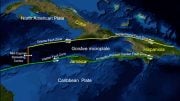

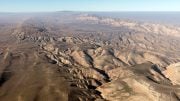
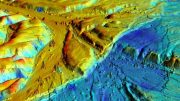
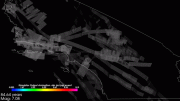

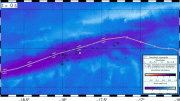
Be the first to comment on "Seismic Enigma: Scientists Shed New Light on “Segment-Jumping” Ridgecrest Earthquakes"